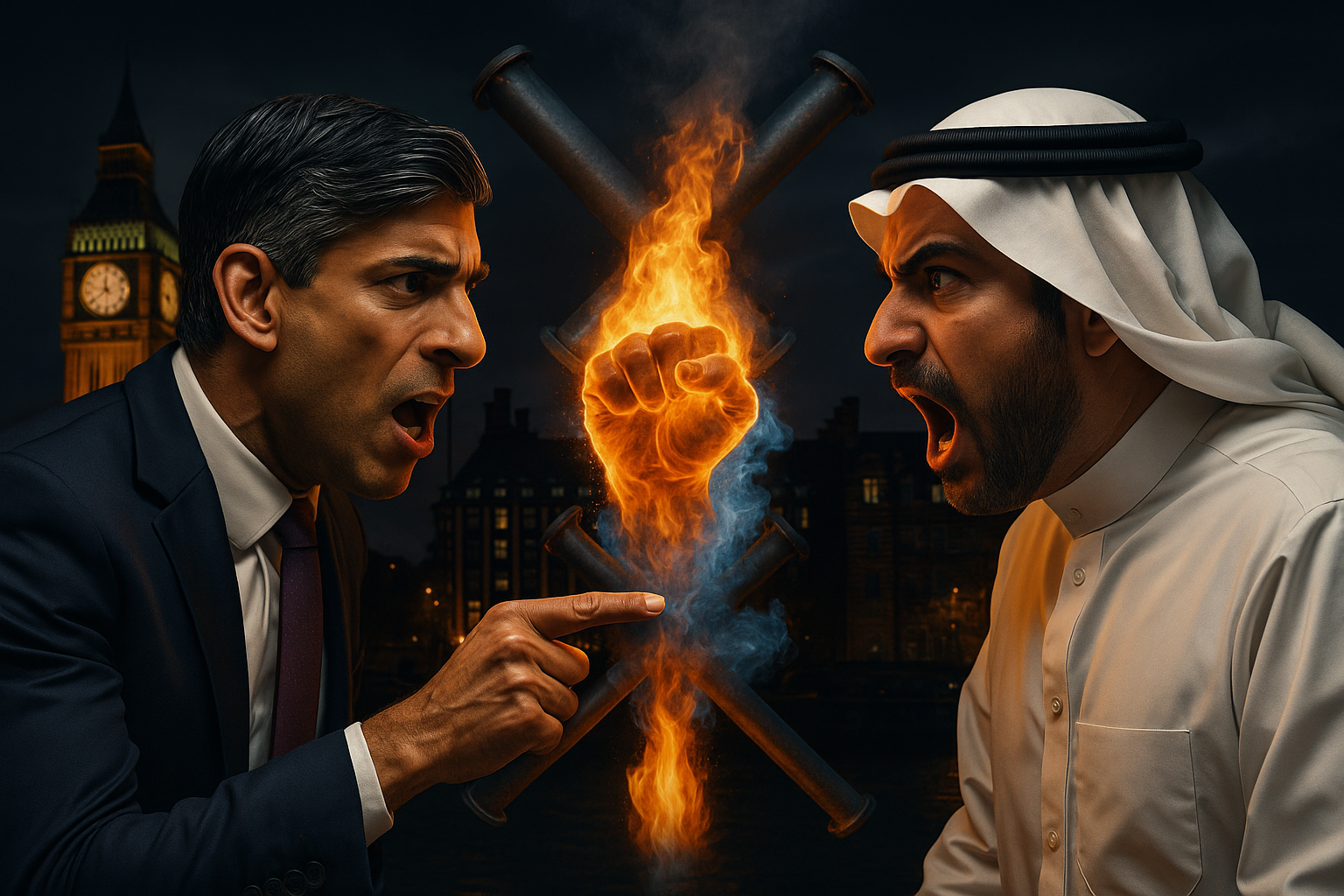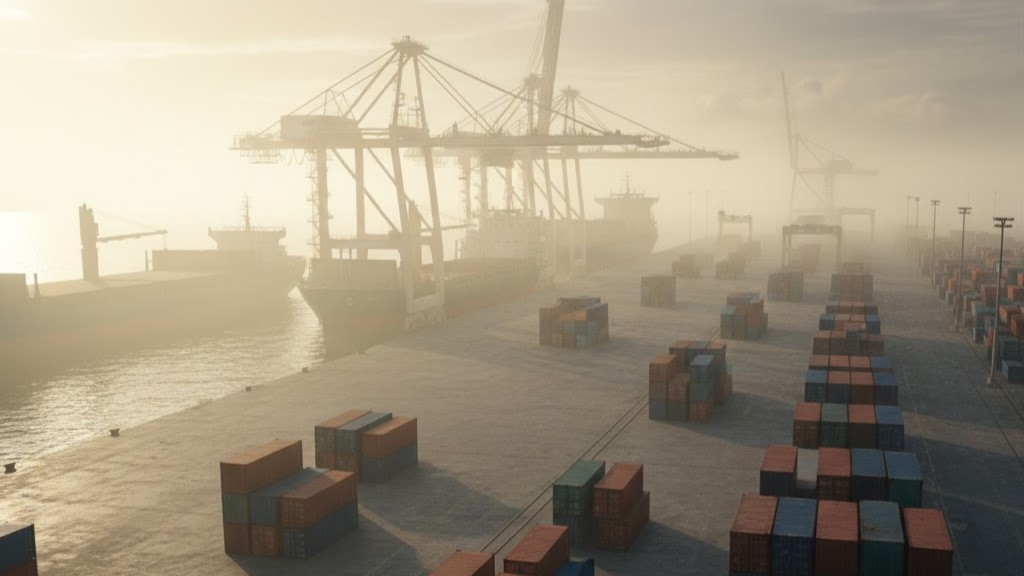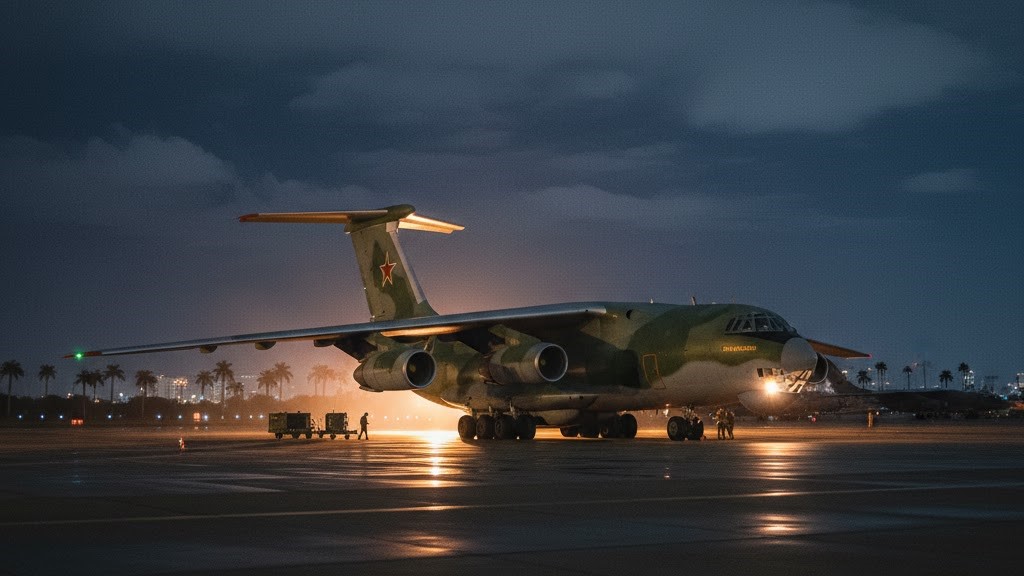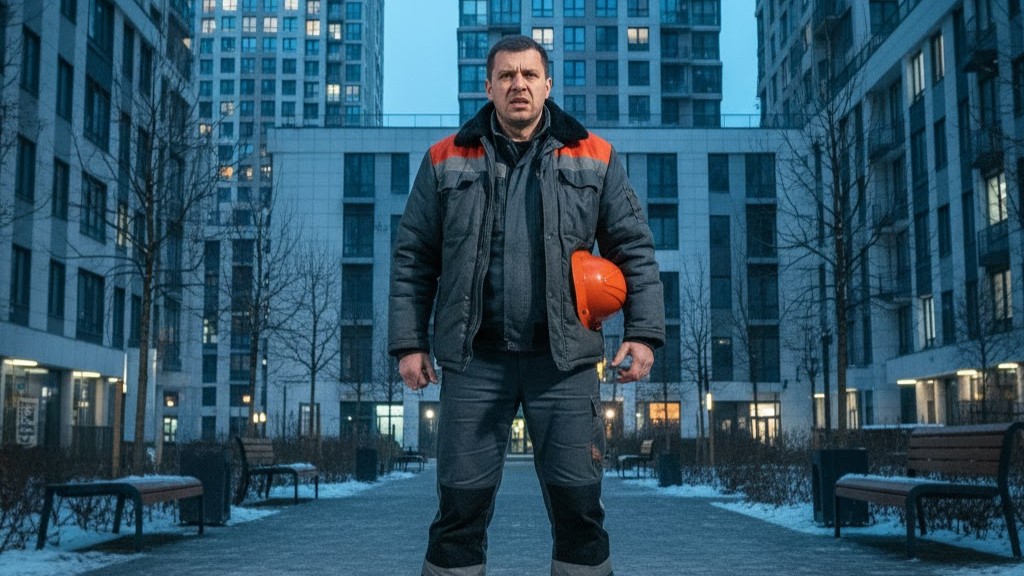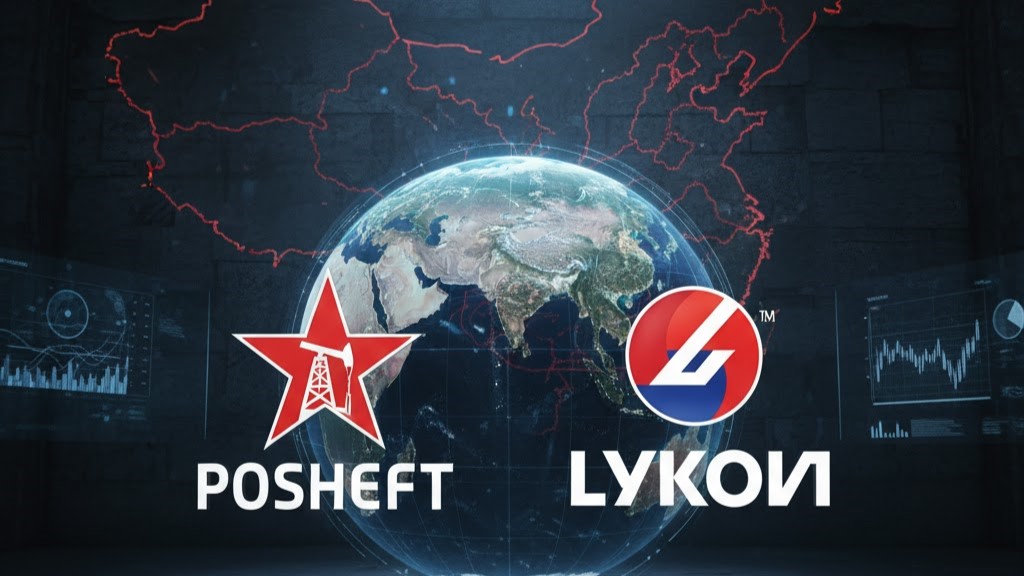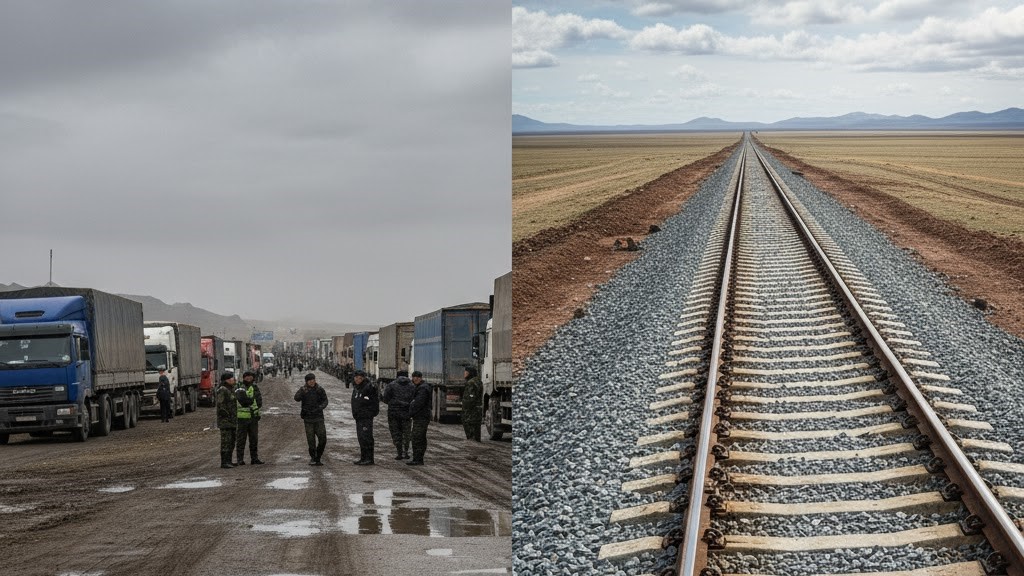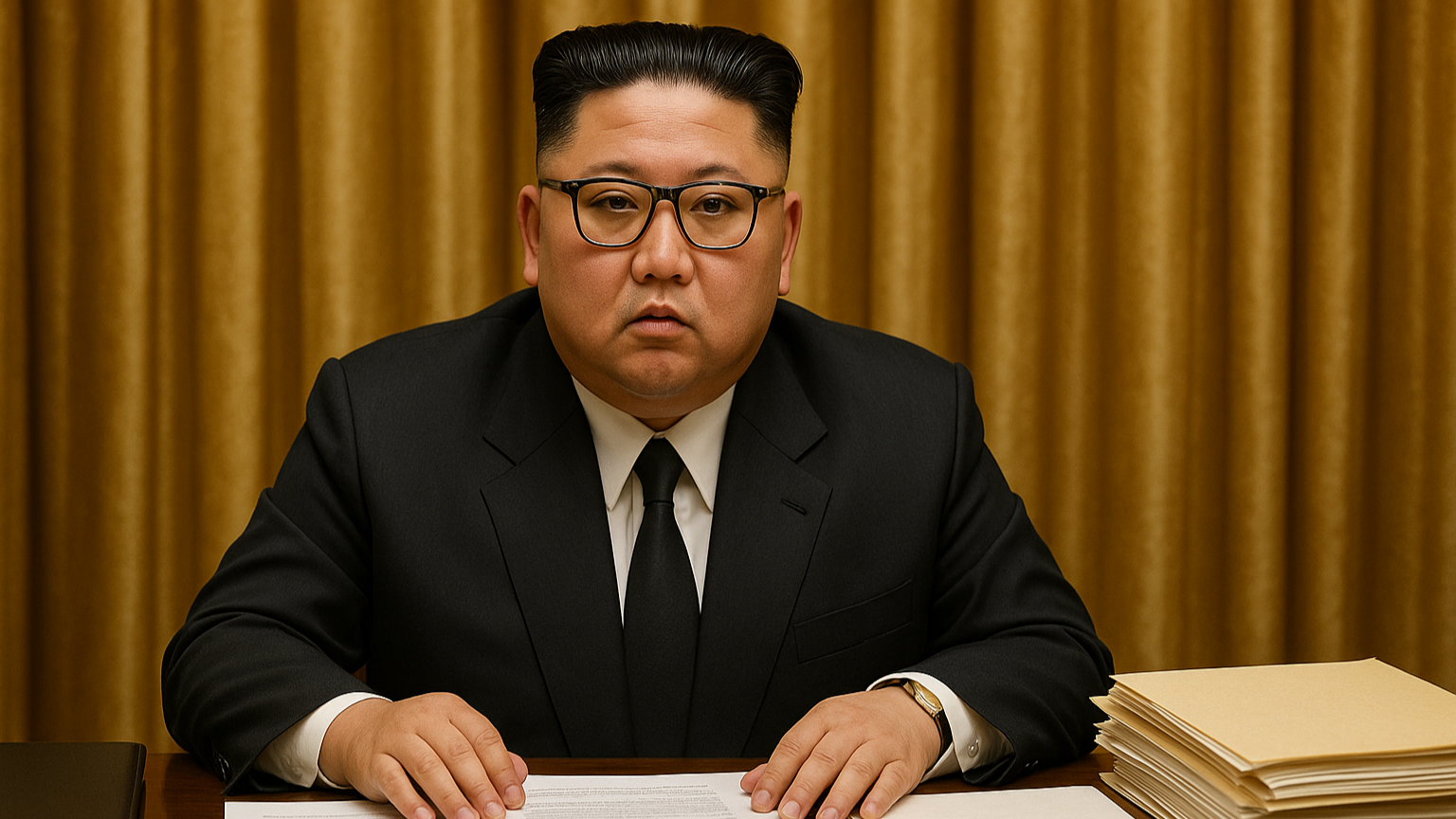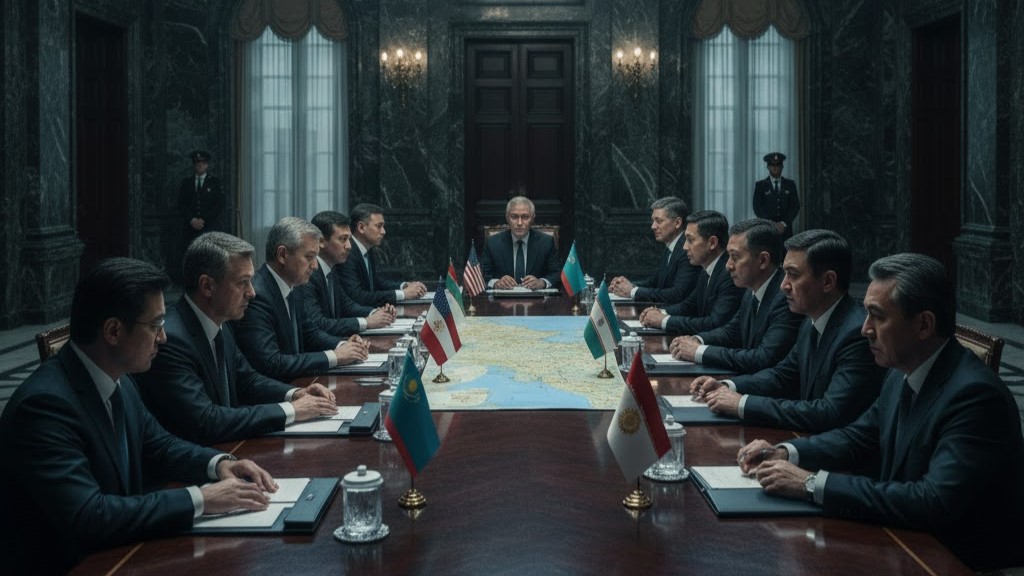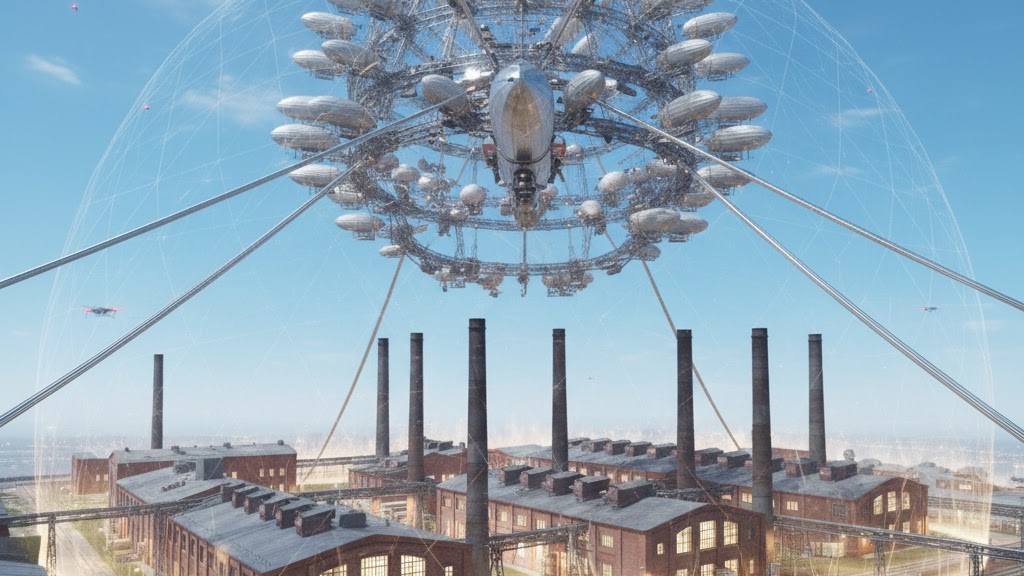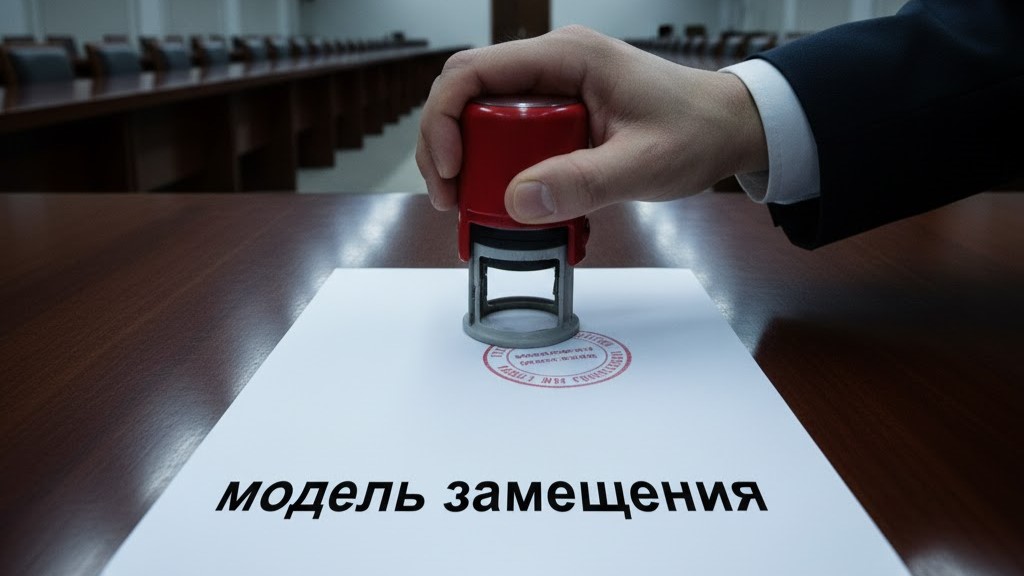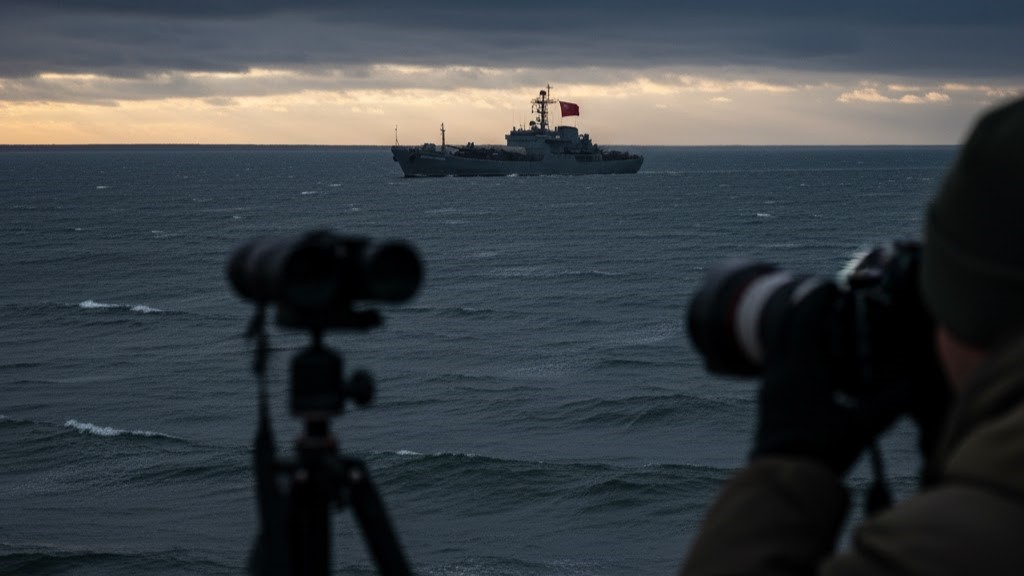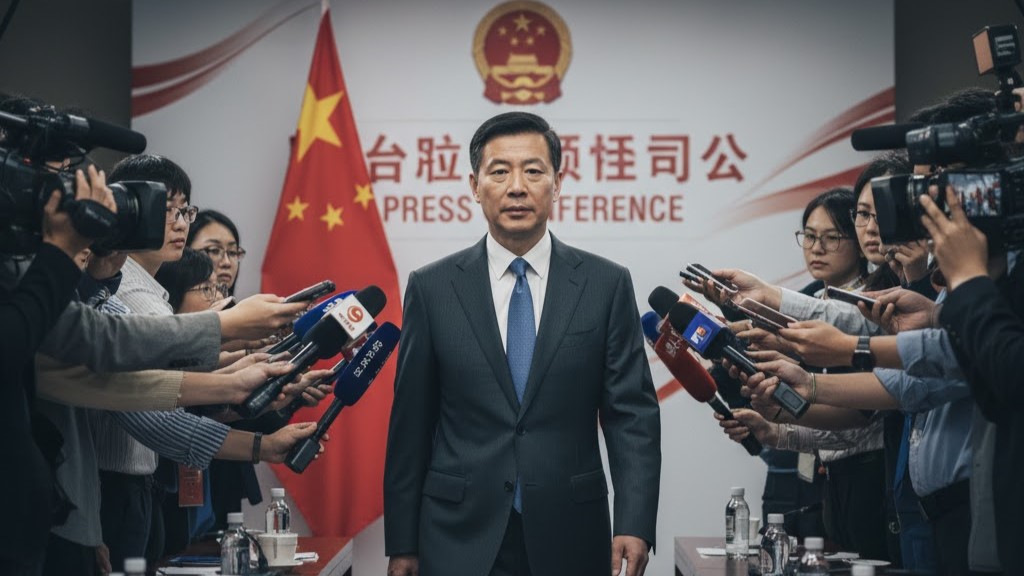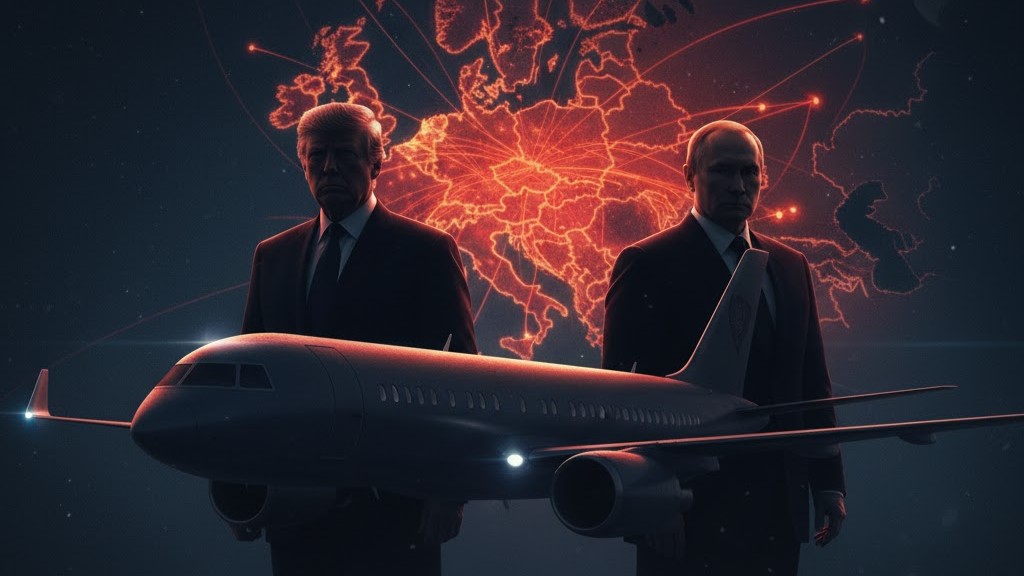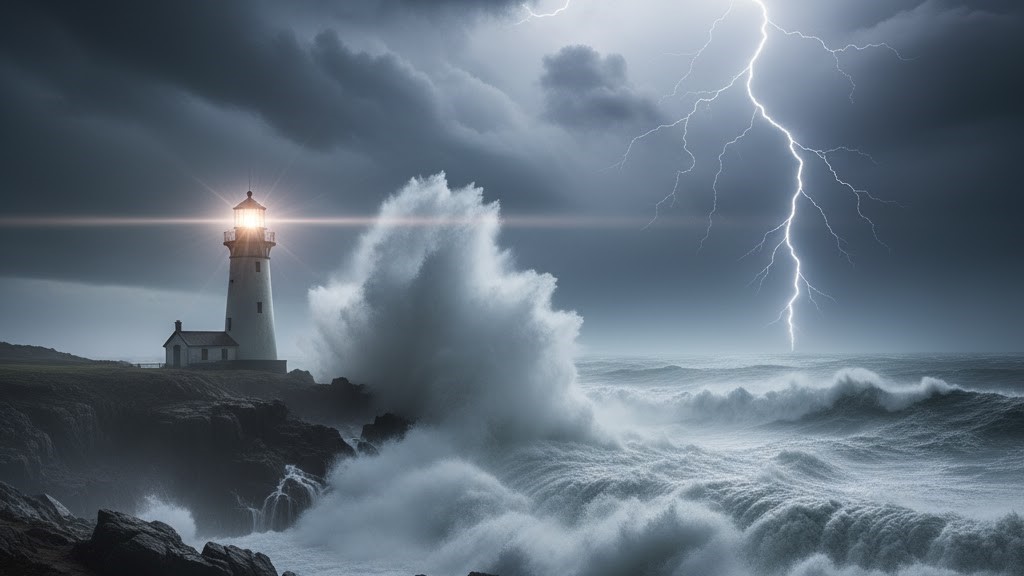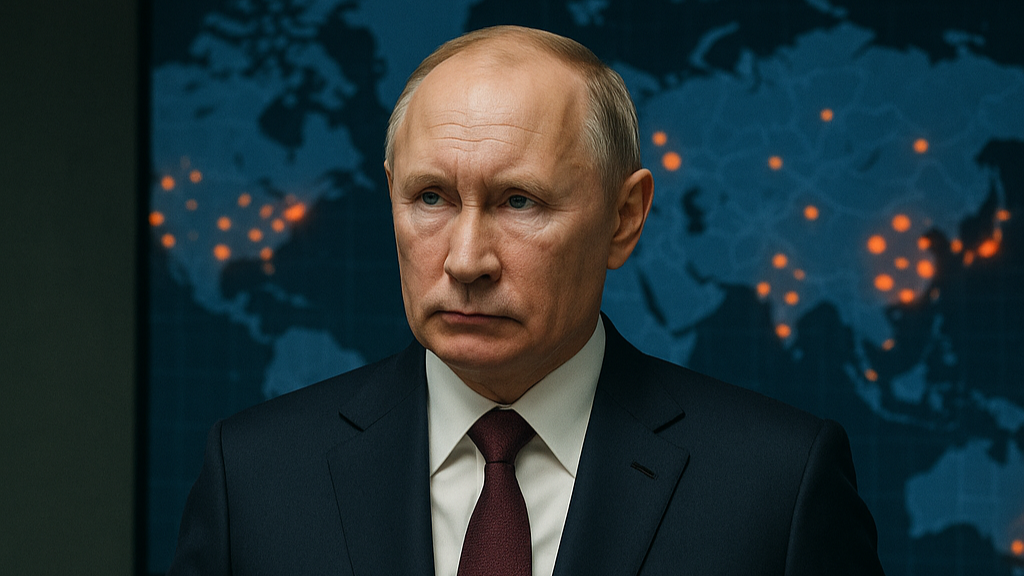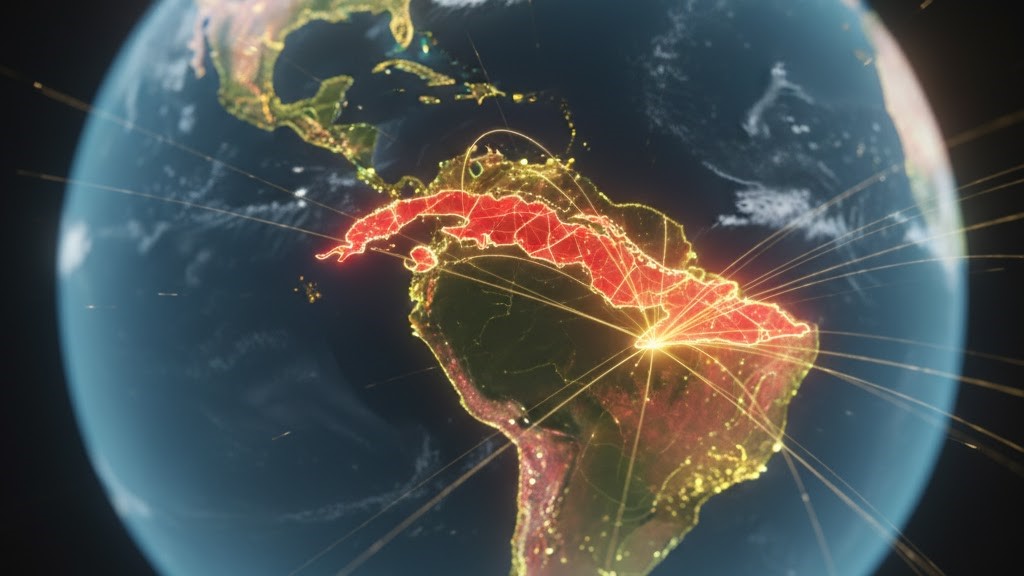🧊 Vilnius Wanted Drama — Got Consequences
Kazakhstan Paid $4.2 Billion for 300 Locomotives from the U.S. — But What If They Had Bought from Their Neighbors?
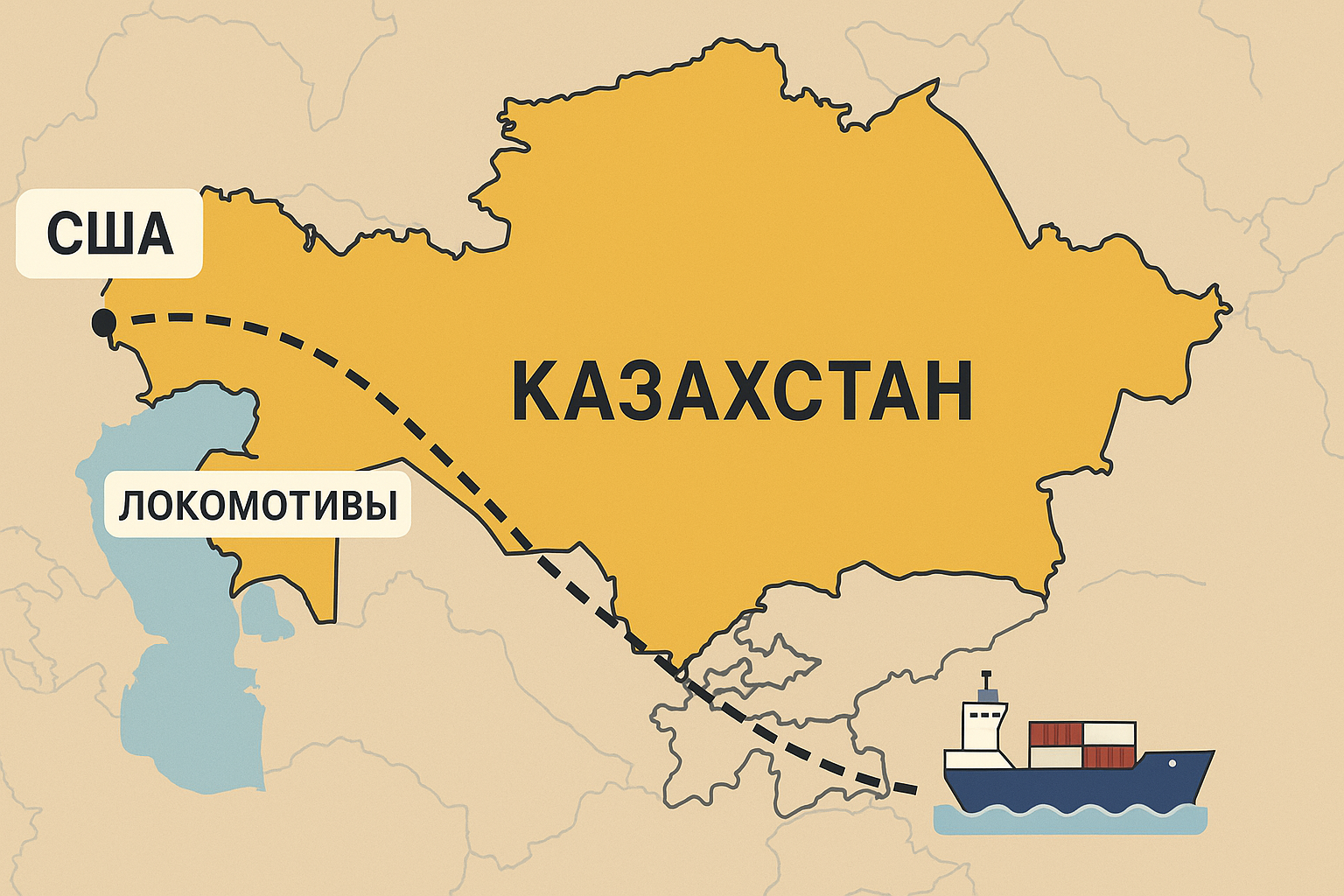
America, New York, pomp, and flags.
Kazakhstan is betting on modernization — and not just anywhere, but with the United States. During Kassym-Jomart Tokayev's visit to the U.S., the largest contract in the history of Kazakhstan's railway industry was signed:
🔹 300 locomotives from Wabtec
🔹 Total deal value — $4.2 billion
The figure is impressive. The signatures are in place. Reuters published it. Everything looks serious.
But we decided to ask a simple question:
🎯 How many locomotives could Kazakhstan have bought if, instead of going to New York, it had gone to… Yaroslavl?
📦 Let's do the math: the cost of one American locomotive
The contract: 300 locomotives for $4.2 billion.
4,200,000,000 USD300=14,000,000 USD\frac{4,200,000,000\ \text{USD}}{300} = 14,000,000\ \text{USD}3004,200,000,000 USD=14,000,000 USD
👉 One locomotive = $14 million.
And this isn't some garden toy. It's the Wabtec ES44ACi — a heavy mainline locomotive with digital control systems, eco-diesels and, judging by the price, probably a built-in Bose speaker and a champagne holder.
🚂 And what about Russia — no such locomotives?
They exist. Plenty of them.
In 2021, Russian Railways (RZD) purchased 535 locomotives for a total of 92.1 billion rubles, which was around $1.25 billion at the time.
1,250,000,000535≈2.3 million USD per unit\frac{1,250,000,000}{535} \approx 2.3\ \text{million USD per unit}5351,250,000,000≈2.3 million USD per unit
👉 A Russian locomotive in 2021 cost 5–6 times less than the American one in Kazakhstan's deal.
Sure, the American models may be a bit more high-tech. A bit more digital. Slightly greener.
But not five to six times more.
🇷🇺 If Kazakhstan had bought from Russia
Let's take the same $4.2 billion and divide by the Russian price:
4,200,000,0002,500,000=1,680\frac{4,200,000,000}{2,500,000} = 1,6802,500,0004,200,000,000=1,680
👉 Not 300.
👉 But 1,680 locomotives.
Kazakhstan's railways could have become a steel wall across the steppe. They could've laid locomotives all the way to Baikonur. And north to Astana — three departures a day wouldn't be a problem.
🤝 Why the U.S.?
The Wabtec deal is about more than locomotives:
✅ Access to U.S. technologies
✅ Service support
✅ Lobbying power
✅ Geopolitics
✅ A calling card in Washington
Alongside the locomotive deal, Kazakhstan also signed a partnership between Kazakhtelecom and Amazon Kuiper — Jeff Bezos's satellite internet project. Clearly, this was a package deal: railways + orbital ambitions.
This isn't just economics. It's a political move.
And that's not criticism — it's an observation.
🧭 Where is the real benefit — across the ocean or next door?
This isn't about patriotism.
It's about logistics, cost, maintenance, spare parts, and independence.
Russian manufacturers could've supplied faster, cheaper, and in far greater numbers.
And all within the EAEU, by rail, not by sea.
🤫 But who are we to advise?
Kazakhstan is a sovereign state. It chooses its partners, its prices, its direction.
It's just… interesting to imagine what this deal would've looked like if it had been signed in Moscow, not New York.
👉 Instead of 300 locomotives — almost 1,700
👉 Instead of shipping across the ocean — delivery by rail
👉 Instead of $14 million per unit — $2.5 million
But of course, there wouldn't have been any American flags in the background.
And without flags — what kind of geopolitics would that be?
🛤️ Final turn
While Kazakhstan is paying for 300 "golden locomotives", one question hangs in the air:
👉 What matters more — quantity, logistics, and savings…
or a political postcard from New York?
They wanted to regulate the world. But Qatar just reminded them who controls the tap. Europe's climate crusade has crossed a line — and Doha is ready to hit back. If the EU keeps pushing its green rules into foreign economies, it may soon be left out in the cold. Literally.
Caribbean crisis 2.0? Or just another muscle-flexing media show?
While some news outlets scream about a looming U.S. intervention in Venezuela, others remain eerily silent. But facts are stubborn things — and they're painting a tense picture.
While the global media stares at the Middle East, Asia, and American elections, something critical is unfolding in Latin America — and it's coming in quietly, on the wings of a Russian Il-76.
"I stumbled upon a post the other day. At first, I was going to scroll past, but something about it made me stop. I read it. And I realized — this needs to be heard. Because it's not just an opinion. It's a mirror. Unpleasant, yes — but truthful. And sometimes, we need to look into those mirrors to remember exactly what kind of world we're in."...
While politicians write victory speeches, analysts quietly draft maps of surrender
"Prepare for old age in advance," said State Duma deputy Irina Rodnina. And drove off in a Mercedes.
They came for jobs. But brought a storm.
Moscow witnessed another violent brawl over the weekend — a group of young men clashed in broad daylight using shovels and road signs like weapons. Police detained several, two may lose their citizenship. Videos went viral. Outrage exploded. But beyond the headlines, a deeper question emerged: Why are we...
The U.S. tried to hit Moscow — but Beijing hit back.
Washington thought it could corner Russia with another round of sanctions. What it didn't expect was that China would step forward — loudly and clearly — to defend Moscow.
While thousands of trucks rot at the Kazakhstan–Russia border, Moscow silently signs something far more interesting. A new railway. Through Mongolia. Into China. And Vietnam. Officially — it's about tourism and trade. Unofficially — it's a bypass. A message. A geopolitical side-eye.
While Donald Trump embarked on his latest "peace tour" across Asia, the world gave him not one, but two diplomatic slaps.
First — North Korea. Then — India. And both made it crystal clear: Russia, not the US, is their chosen partner.
When Washington suddenly rediscovers Central Asia, Moscow doesn't panic — it smirks. Because this isn't new. It's the same playbook, just on a new stage. What failed under the Ukrainian flag may succeed under the cover of "sustainable development" and "strategic partnership."
When migration turns into a matter of national security, the response is usually local. But not this time.
Budapest was ready. Lights dimmed. Chairs arranged.
But just before the curtain rose, the geopolitical show featuring Trump and Putin was abruptly canceled.
Officially? "Not the right time."
Unofficially? "One side asked too much. The other lost interest."
While others are investing billions into complex systems, Russia takes a different path — one that's smarter, cheaper, and rooted in history.
🔹 The President Draws the Line: Russia Is Not for Sale
Russia Dropped Anchor — And the West Got Nervous. What’s Behind the Move of "Alexander Shabalin"?
When a Russian landing ship dropped anchor near Germany's coast, it wasn't a coincidence.
It was a message.
Back in August, Trump tried to pressure India and China into abandoning Russian oil. Threats, talks, promises — nothing worked.
A diplomatic storm at cruising altitude:
While Oslo speaks of "bilateral agreements," Moscow has decided enough is enough. After months of fruitless negotiations, Russia is preparing mirror measures against Norway — which, according to Moscow, has turned fishing quotas into political leverage.
“Poverty is the cure”? Russian MP wants citizens poor — while his daughter lives in Switzerland
He says Russians need poverty to have kids. Seriously?
While the West pretends to be dealing the cards, Russia has already set the rules of the table. And yesterday, the Kremlin made it clear: this game won't be played by Western scripts.
On October 13, a dramatic scene unfolded at the Volkel Air Base in the Netherlands. According to Western media, NATO's new Secretary General Mark Rutte personally kicked off the annual "Steadfast Noon" exercise — a large-scale rehearsal simulating nuclear scenarios with over 70 warplanes in the sky.
And many of them? Equipped to carry the...
Europe Folds Quietly: The West Embraces Trump’s Freeze Plan — While Russia Gains the Upper Hand
Just yesterday, they were shouting "Crush Moscow!" Today, they're signing papers on Russia's terms.


